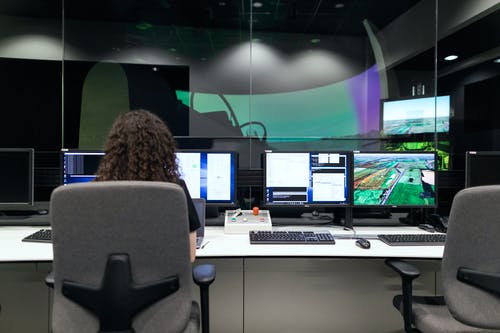DNA Purification Processes For Different Applications
DNA Purification is one of the most commonly applied techniques in biological laboratories worldwide. Before, it used to be the job of a pathologist to isolate the DNA from dead bodies. The first successful isolation of DNA was accomplished in 1869 by German physician Alfred J. Miescher. Now it is an established standard procedure in forensic studies or laboratory DNA Purification. The DNA purification methods vary based on the type of DNA tested, its specific location in the sample and on the quality of the DNA sample collected. For example, in a DNA sample from saliva, the procedure is different than in a blood sample.
A number of stationary stages, consisting of resin media, are then formed at the end of this incubation. After this, the microorganisms’ growth in the suspension is examined using various techniques such as gel electrophoresis, optical microscopy and blotting. Afterwards, the lysate is separated from the gel and the purified DNA is collected using various methods including electrophoresis, blotting and genotoxicity tests.
Among all DNA purification steps, the R-independent methods are considered as the most effective and the most recommended. This process relies on detergent-coated plates that immobilize the DNA molecules during the lysis step. These types of processes enable restriction of the microbial DNA by physical and chemical means. Among the different applications of DNA extraction and purification processes, the two processes with the highest level of success are performed on the genome and downstream applications. Here are some of the examples of these processes:
- Genomics: Ingenomics refers to DNA purification steps, which involve the genetic sequence analysis through genomics. As DNA is composed of non-protein DNA bases, it can be detected using various DNA sequence analysis methodologies. These processes isolate DNA from sources and allow it to be studied under the various experimental conditions, such as genomics research, genomics therapy and DNA cloning. There are different companies that offer services in DNA isolation, sequencing and purification, as well as DNA quality control.
- Sequencing Nucleic Purification: Nucleic Sequencing is another way to purify DNA for downstream applications. Nucleic sequencing is a DNA purification process that uses restriction enzymes to remove non-reacting DNA samples from biological samples, for example, library preparation and RNA-guided generation of polymers. It is useful in various areas such as genomics, sequencing, neuroscience research, and synthetic genomics.
- Ion Exchange Purification (I-GE): I-GE is another popular DNA purification method that uses chemicals to bind with negatively charged DNA templates in the lysate of bacteria or other organisms. The binding of the chemicals disrupts the double stranded DNA bases, resulting in the formation of misshapen DNA strands. Once these DNA strands are purified, they can be identified and amplified. This DNA-purification method is ideal for applications in neuroscience research, microbial and evolution biology, as well as life sciences.

